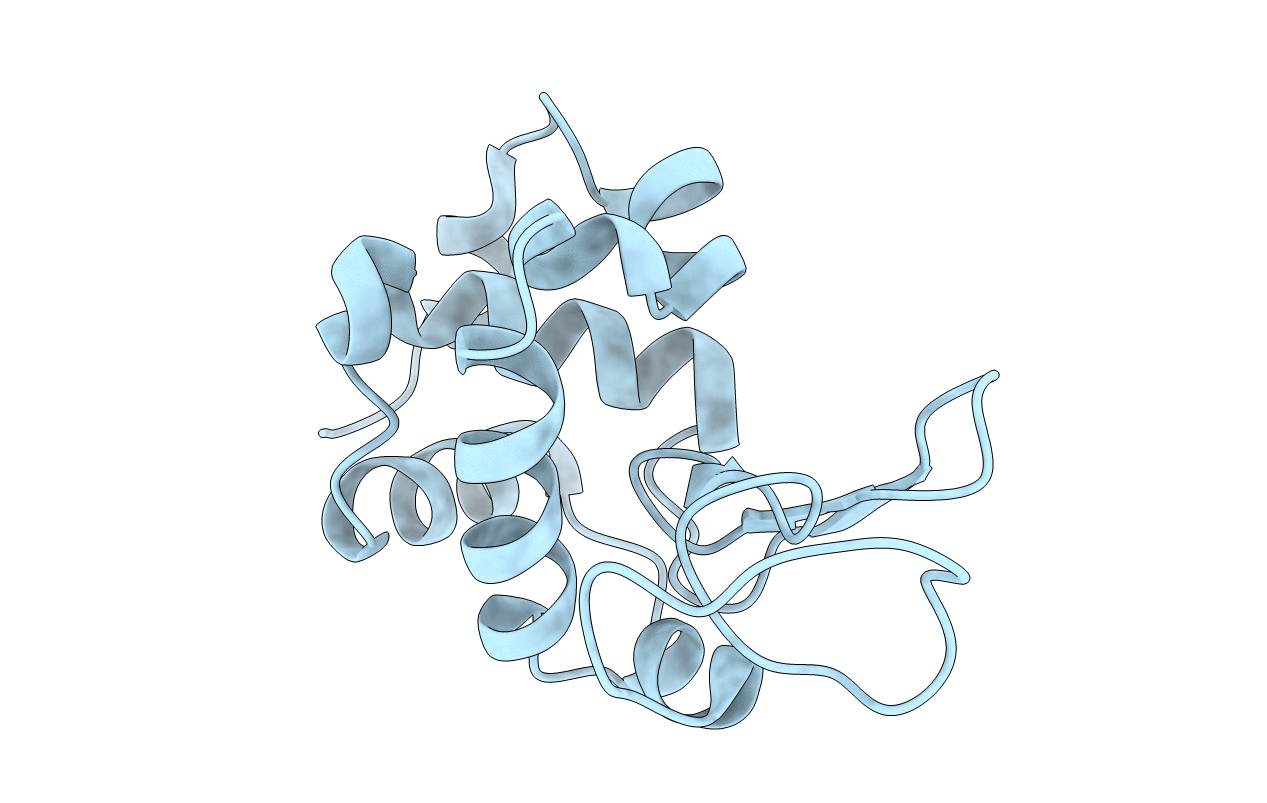
Deposition Date
2014-06-17
Release Date
2015-06-17
Last Version Date
2024-10-16
Entry Detail
PDB ID:
3WW6
Keywords:
Title:
Crystal Structure of hen egg white lysozyme mutant N46D/D52S
Biological Source:
Source Organism:
Gallus gallus (Taxon ID: 9031)
Host Organism:
Method Details:
Experimental Method:
Resolution:
1.53 Å
R-Value Free:
0.20
R-Value Work:
0.18
R-Value Observed:
0.18
Space Group:
P 43 21 2


